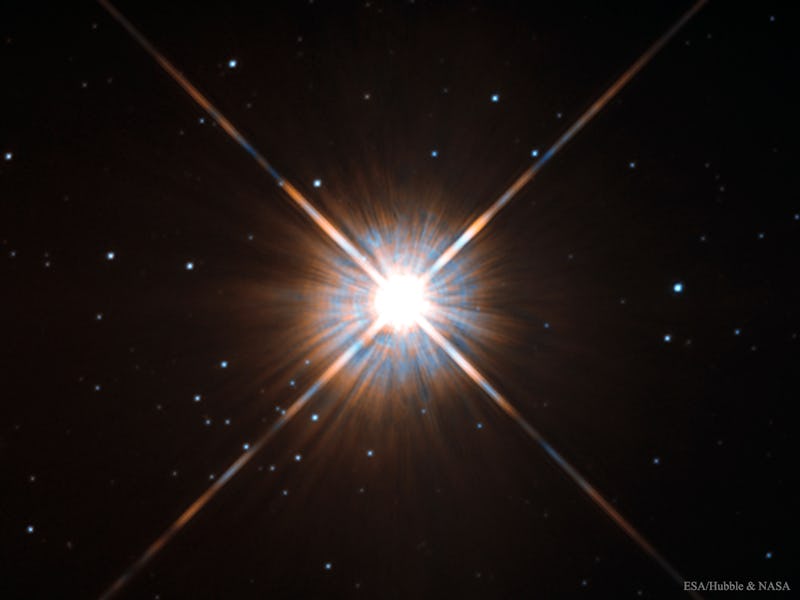This New Earth-Like Planet Is Really, Really Close to Us

Since the Kepler mission began hunting for exoplanets in 2009, we’ve discovered enough potential “Earth-like planets” to have become slightly inured to the phrase. But one of the latest finds is extra-special because it’s close —- like, really, really close.
The newly discovered exoplanet is orbiting a red dwarf star called Proxima Centauri, which is only about 4.25 lightyears away. Proxima Centauri, as the name suggests, is the closest star to Earth save for the sun. The discovery of exoplanets possibly capable of supporting life is often bittersweet — while they’re fascinating from a purely scientific standpoint, they’re almost always too distant for us to reach within a human lifetime.
At just a stone’s throw away in terms of cosmic distance, this new discovery is a different story.
German weekly magazine Der Spiegel reported that the exoplanet is orbiting Proxima Centauri at an ideal distance where it could contain liquid water on the surface. This sweet spot is called the “Goldilocks zone.” The fact that a planet exists within the Goldilocks zone alone is not, of course, enough to guarantee that it could support life, but it’s enough to make scientists very excited. It means that this planet, which is close enough for us to feasibly reach, has the potential to both evolve its own life forms and to support human colonies. NASA’s Kepler mission first discovered an Earth-sized planet in a Goldilocks zone in 2014.
A lot of the scientists investigating this new find could likely be associated with the Breakthrough Initiatives, an alien life-seeking organization supported by big names like Hawking and Zuckerberg. The Breakthrough Starshot Project in particular is focusing its efforts on studying the Alpha Centauri star system, thought to be gravitationally-associated to Proxima Centauri. But this most recently discovered exoplanet — which is still unnamed — makes Proxima Centauri an arguably more important focal point for Starshot’s time and resources, and may persuade Hawking and his colleagues to pivot the targets of their solar-sail nanocraft.
Proxima Centauri is a red dwarf star, a class which comprises the majority of stars closest to us in our galaxy. They are especially long-lived, as stars go, and scientists have recently been coming around to their value as potentially supporting Earth-like, theoretically habitable planets. If Proxima Centauri does possess a habitable planet, it would open up the possibility that the universe is littered with Earth-like planets — and drastically raise the odds we are not alone in the universe.